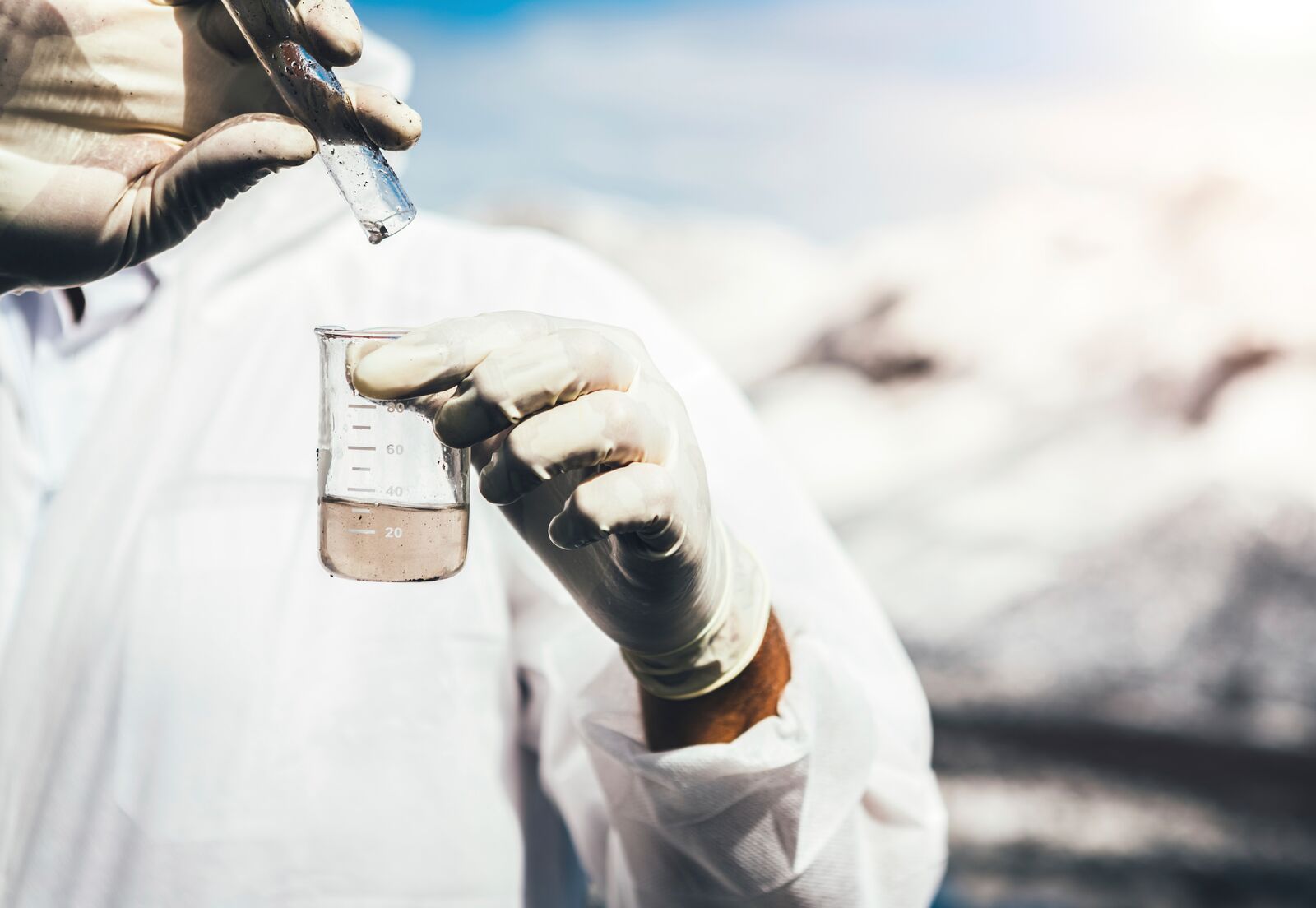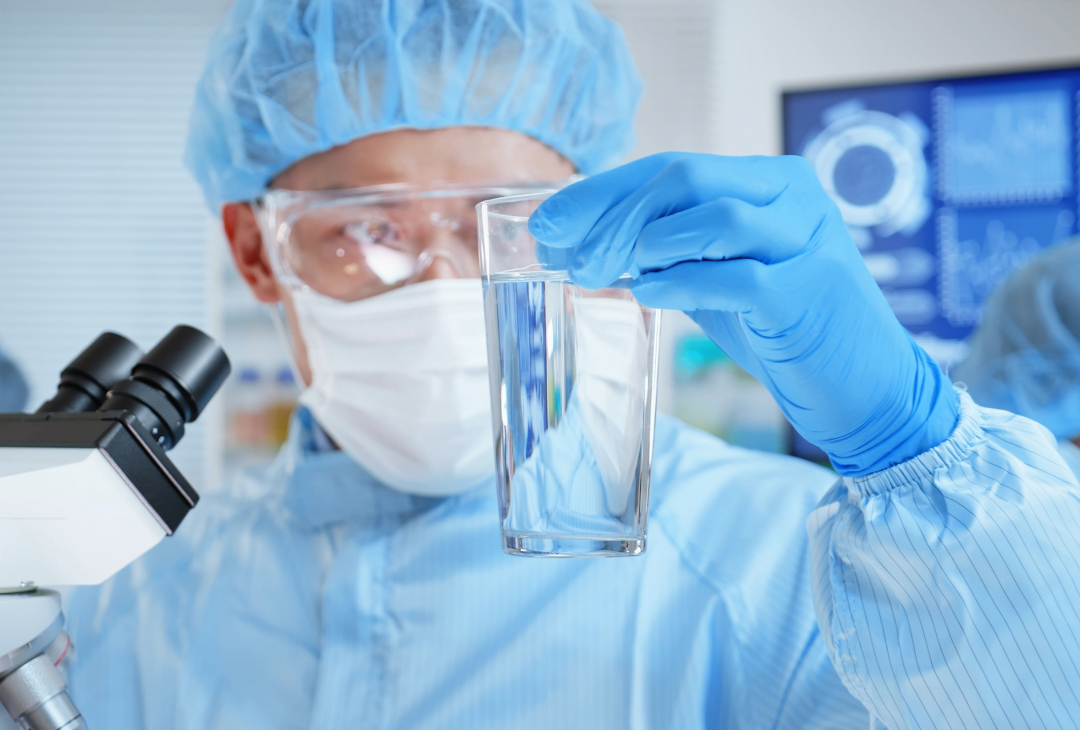Discover What Is Consisted Of in Water Testing and How It Ensures Safe Alcohol Consumption Water
Understanding the intricacies of water screening is pivotal in ensuring the high quality and security of our drinking water. Via a careful examination of physical, chemical, and microbiological elements, water screening recognizes prospective contaminants that might present wellness dangers.
Key Parts of Water Screening
Water testing is an essential procedure that involves a number of vital elements to guarantee the safety and high quality of alcohol consumption water. Among the key elements is the assessment of physical features, including smell, shade, and turbidity. These attributes can give first understandings right into the water's problem and prospective contamination resources. In addition, making sure the pH balance of water is essential, as it influences the water's corrosiveness and the efficiency of sanitation processes.
One more considerable component includes microbiological evaluation, where water examples are examined for the visibility of microbes such as microorganisms, viruses, and protozoa. If taken in, this evaluation is essential to determine biological risks that might present health dangers. Moreover, chemical analyses are conducted to identify organic and not natural compounds, such as heavy metals, nitrates, and pesticides, that may be existing in the water system.

Finding Unsafe Impurities
Spotting damaging pollutants in drinking water is a fundamental element of protecting public wellness. Each kind of pollutant positions distinct health threats, making their detection essential to make sure the water eaten by the public is risk-free.
Water screening for impurities is normally carried out by governing agencies and water energies, employing a mix of area tasting and lab evaluation. These evaluations are designed to detect both normally happening compounds and anthropogenic contaminants that may have entered the water with agricultural runoff, industrial discharge, or maturing infrastructure. Regular surveillance is crucial, as contamination degrees can fluctuate because of environmental adjustments, seasonal variations, or human tasks.
The identification of unsafe pollutants notifies needed actions, such as water therapy interventions or public advisories, to alleviate risks. Early detection is essential to prevent unfavorable health and wellness effects, ranging from stomach ailments to lasting problems like cancer, consequently guaranteeing the proceeded safety and security of alcohol consumption water.

Chemical Analysis Methods
In the world of making certain risk-free drinking water, chemical analysis techniques play a crucial function in recognizing and measuring contaminants. These approaches are vital for finding a vast range of chemical compounds, consisting of hefty steels, pesticides, and industrial toxins, which can posture significant health and wellness dangers.
Gas chromatography-mass spectrometry (GC-MS) is an additional crucial technique, specifically for natural compounds. It separates complex combinations and determines unstable and semi-volatile natural substances, guaranteeing that contaminants like benzene and toluene are within risk-free restrictions. High-performance fluid chromatography (HPLC) is in a similar way used for non-volatile compounds, consisting of certain pesticides and drugs.
Ion chromatography is used to figure out focus of cations and anions, such as nitrates and sulfates, which are pivotal in analyzing water quality. These chemical analysis strategies jointly make certain that drinking water stays safe by spotting deviations from developed pureness standards, consequently securing public health. Making sure precision and accuracy in these examinations is vital to preserving the integrity of water safety and security evaluations.
Microbiological Examining Approaches
Precise microbiological screening is crucial for securing public health and wellness by ensuring that alcohol consumption water is without unsafe virus. This process entails finding and specifying microbes such as germs, viruses, and protozoa that might pollute water products. Typical virus include Escherichia coli, Giardia, and Cryptosporidium, each posturing considerable health threats.
Several approaches are employed in microbiological screening to recognize these risks. The membrane layer filtration strategy is often used, including water travelling through a filter that catches microorganisms, which are then cultured to identify their existence and focus. The multiple-tube fermentation method allows the metrology of coliform bacteria using a series of dilution and incubation actions.
Advancements in innovation have introduced molecular strategies such as polymerase chain reaction (PCR), which enables for the very details and rapid detection of microorganisms by magnifying their hereditary product. Enzyme-linked immunosorbent assays (ELISA) also offer a method to find virus by recognizing specific proteins or antigens.
These varied methods are important for extensive water quality evaluation, making sure that water therapy procedures are efficient which distribution systems preserve safety. By employing these microbiological testing methods, possible wellness hazards can be recognized and minimized without delay.

Relevance for Public Wellness
Making sure the microbiological security get redirected here of drinking water straight affects public health and wellness by avoiding the spread of waterborne diseases. Virus such as germs, infections, and protozoa can cause diseases like cholera, dysentery, and gastrointestinal infections (Well water testing services). The implementation of detailed water testing methods is vital in identifying and minimizing these dangers, hence safeguarding areas from potential episodes
Routine water screening not only identifies microbial pollutants however also examines chemical and physical parameters that might affect health and wellness. Too much levels of nitrates or heavy steels such as lead can pose major health and wellness threats, particularly to prone populaces like infants and expecting ladies. By recognizing these threats early, water screening enables timely treatments, ensuring the supply of water continues to be within secure consumption standards.
In addition, water screening plays a vital duty in maintaining public confidence in community water supply. It gives transparency and accountability, comforting the public that their health is a concern. For policy makers and health and wellness authorities, the information acquired from water screening educates choices on framework financial investments and public wellness approaches, guaranteeing resources are directed where they are most needed. This way, water testing is essential in promoting a healthier, much safer culture.
Final Thought
Water testing acts as an important mechanism for making certain the safety and security and high quality of drinking water via thorough analysis of its physical, chemical, and microbiological properties. By detecting unsafe pollutants, such as heavy steels and chemicals, and using advanced strategies like chromatography and spectrometry, water screening helps with the recognition of prospective health dangers. The application of rigorous screening protocols is essential for preserving conformity with security criteria, eventually guarding public wellness and strengthening confidence in community water systems.

By recognizing these risks early, water testing allows prompt treatments, making certain the water supply description remains within safe usage criteria.
Water testing serves as a vital system for making certain the safety and high Our site quality of drinking water with detailed analysis of its physical, chemical, and microbiological properties.